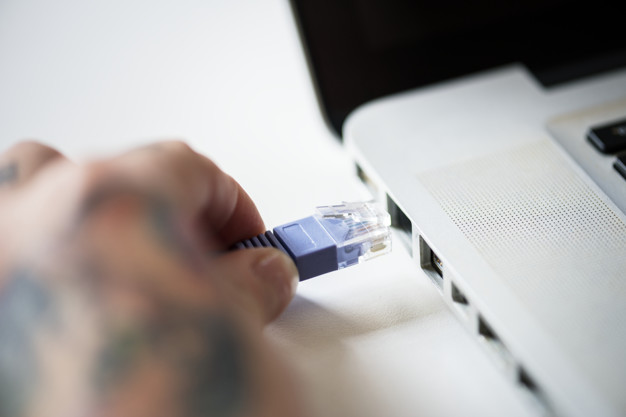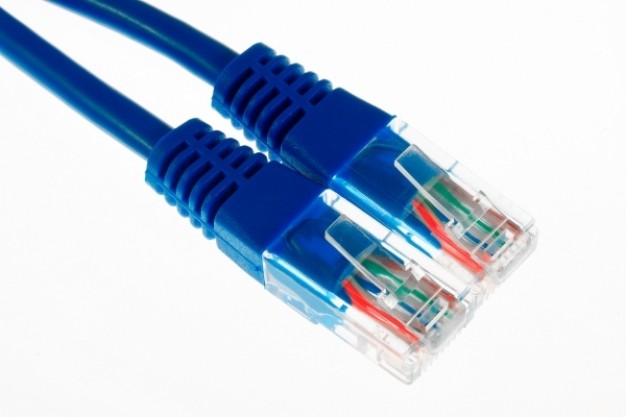Address
81 Spring Cove Rd. Swannanoa, NC 28778-3615Outdoor LAN Cables
UV rated: If you plan to run a cable on the side of a building under some sort of an eave to prevent direct exposure to water, your main concern will be with the sunlight which will have an effect on the cable. In this case, you will at least need a cable that is UV resistant, and it is generally black in color. As long as you don’t have any nicks in the cable jacket, you should be OK as long as the cable isn’t subjected to being submerged in water or snow. This type of cable will be listed as CMX. It is often general or riser-rated as well. Look to see if the cable is CMG or CMR rated. The “G” (general) rating means you can run it in a drop ceiling as long as it is not an air-handling space, and the “R” (riser) means you can run it between floors.
Gel Filled: A gel-filled cable is impervious to any moisture, and it is generally suitable for direct burial applications. However, it is always a good idea to install the cable in PVC conduit for any underground installations. The gel-filling will prevent it from being permitted to be installed in any drop ceiling, but the NEC will grant you a 50 ft. distance if it is coming from the outside to the closet. While highly effective, the gel filling makes it troublesome and messy to terminate.
Mylar Tape: The mylar tape claims to provide the same water blocking efficiency as the gel-filled cable without the messiness. It is, therefore, suitable for both direct burial and immersion in both water and snow. However, if I was going to the trouble to bury a cable, I would want it to be gel-filled.
Messenger Wire: You can also find a cable with a stranded steel supporting cable bonded to the media cable for horizontal aerial support. This is useful when routing a cable through the air between a utility pole or another building. The attached messenger wire eliminates the need to install a separate supporting strand.
Shielded Outdoor Cable: This type of cabling has become widely used for WISPs (wireless internet service providers) as a means of connecting their antenna on the tower to their transmission equipment. The shielding provides additional protection against all the interference one might expect from a wireless transmission tower.
Don’t forget that any incoming LAN cable must be properly surge protected, bonded, and grounded if you are bringing it from a tower or underground into your building!


